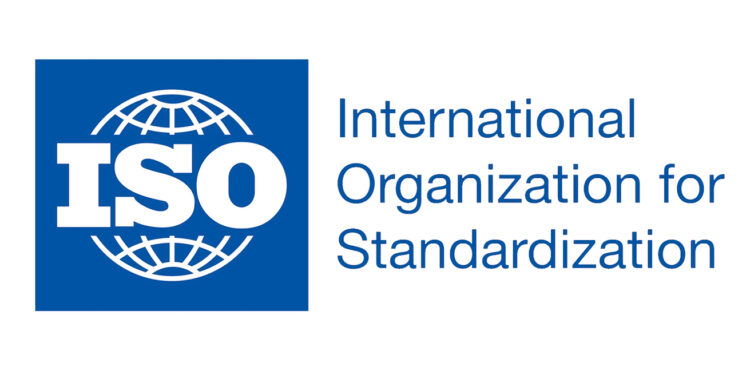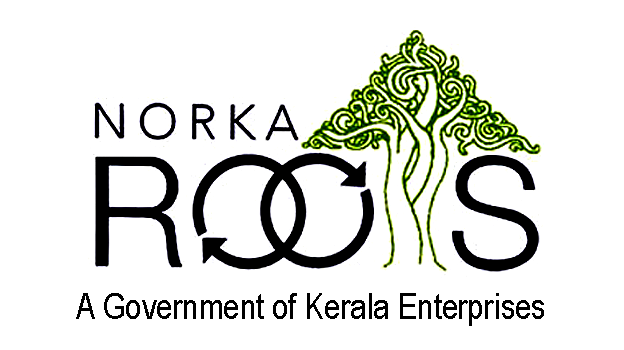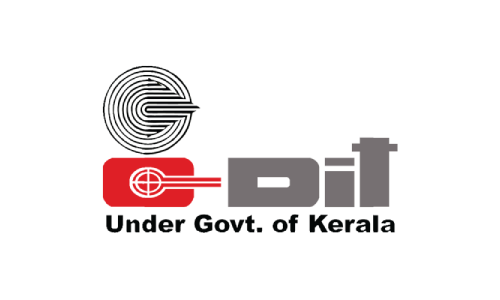Understanding ISO 45001:2018 – A Comprehensive Guide to Occupational Health and Safety Standards

In today’s rapidly evolving workplace landscape, ensuring the health and safety of employees has become paramount for organizations worldwide. With the increasing awareness of occupational hazards and the growing emphasis on employee well-being, businesses are seeking robust frameworks to manage occupational health and safety effectively. One such framework that has gained significant traction is ISO 45001:2018.
ISO 45001:2018, the international standard for Occupational Health and Safety Management Systems (OHSMS), offers a systematic approach to managing occupational health and safety risks. It provides organizations with a structured framework to identify, assess, and control hazards, aiming to prevent work-related injuries, illnesses, and fatalities. The standard is designed to be adaptable to various industries and organizational structures, making it a versatile tool for businesses of all sizes and sectors.
The core objectives of ISO 45001:2018 encompass several key aspects:
- Risk Management: ISO 45001 emphasizes the importance of proactive risk management. Organizations are required to identify potential hazards in the workplace, assess their risks, and implement controls to mitigate or eliminate them. By adopting a systematic approach to risk management, businesses can reduce the likelihood of accidents and incidents, thereby safeguarding the health and safety of their employees.
- Legal Compliance: Compliance with relevant health and safety regulations is a fundamental aspect of ISO 45001. The standard provides a framework for ensuring that organizations meet their legal obligations regarding occupational health and safety. By staying abreast of regulatory requirements and implementing appropriate measures, businesses can avoid penalties, litigation, and reputational damage associated with non-compliance.
- Continuous Improvement: ISO 45001 encourages organizations to continually improve their occupational health and safety performance. Through regular monitoring, evaluation, and review of their OHSMS, businesses can identify areas for enhancement and implement corrective actions to drive continual improvement. By fostering a culture of continuous improvement, organizations can adapt to changing circumstances, mitigate emerging risks, and enhance overall safety performance.
The applications of ISO 45001:2018 are diverse and widespread, spanning across various industries and sectors:
- Manufacturing: ISO 45001 is widely adopted in manufacturing industries such as automotive, aerospace, electronics, and chemical manufacturing. These industries often involve complex processes and machinery, posing significant health and safety risks to workers. By implementing ISO 45001, manufacturers can ensure the safety of their workforce while maintaining operational efficiency.
- Construction: The construction industry is notorious for its high-risk work environments, with hazards ranging from falls and accidents to exposure to hazardous substances. ISO 45001 provides construction firms with a structured approach to managing these risks, ensuring the safety of workers on construction sites and enhancing project outcomes.
- Services: Service industries such as healthcare, hospitality, transportation, and utilities also benefit from ISO 45001. These sectors often involve interactions with the public and exposure to various occupational hazards. By implementing ISO 45001, service providers can create safer working environments for their employees, improve customer satisfaction, and mitigate reputational risks.
- Public Sector and Non-Profit Organizations: Government agencies, educational institutions, healthcare facilities, and non-profit organizations also utilize ISO 45001 to enhance occupational health and safety practices. By prioritizing the well-being of their employees and stakeholders, these organizations can fulfill their social responsibilities, improve operational efficiency, and achieve their mission objectives.
In conclusion, ISO 45001:2018 serves as a cornerstone for organizations committed to ensuring the health and safety of their workforce. By embracing the principles and practices outlined in this standard, businesses can create safer workplaces, protect their employees from harm, and drive sustainable success in today’s dynamic business environment.






